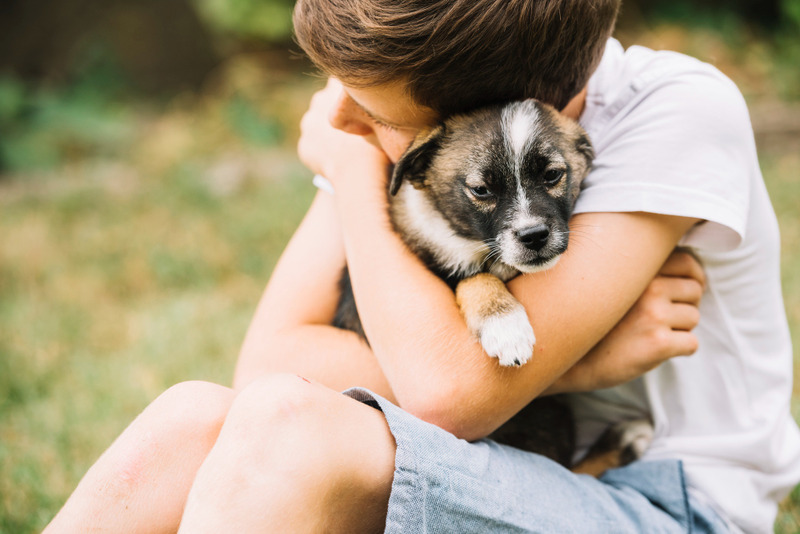Learning Responsibility
Caring for pets strengthens children’s sense of responsibility. They learn how to take care of others, even through small actions like feeding the pet, providing water, or walking the dog. This responsibility helps them become more independent and organized in the future.
Emotional Development
Pets emotionally empower children. Interacting with animals helps them develop empathy, patience, and love. Children learn how to understand and care for other beings, which elevates their emotional intelligence.
Health Improvement
Pets, especially dogs, encourage physical activity. Children often play and run with their pets, which improves their health. Active interaction with pets also helps children control their weight and reduce stress.
Developing Social Skills
Pets help children develop social skills. Interacting with animals teaches children how to understand others’ needs and how to cooperate. These skills help them in friendships and other social situations.
Reducing Stress and Anxiety
Pets help reduce stress and anxiety in children. Being around pets provides calmness and a sense of security. Especially during challenging times, like starting school or dealing with life changes, pets help children maintain emotional stability.
Simplifying the Learning Process
Pets teach children important lessons. Interactions with pets often take place in various contexts—during play, exercise, and relaxation. This process helps children gain knowledge and understand how to solve different problems.
Strengthening Friendship and Companionship
Children often find it difficult to be alone. Pets are always ready to be with them and play. This constant companionship helps children feel that they are never alone and always have someone to interact with.
Pets are essential and irreplaceable companions for children. They not only bring joy and energy to the family environment but also help in children’s development. Therefore, having a pet at home is definitely a good decision if you have children.

